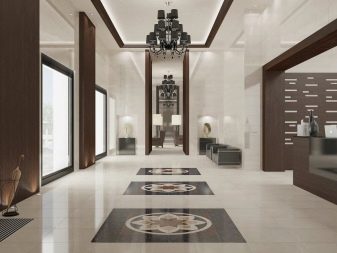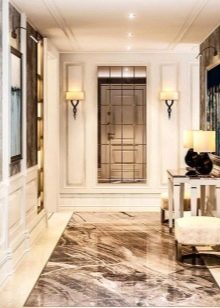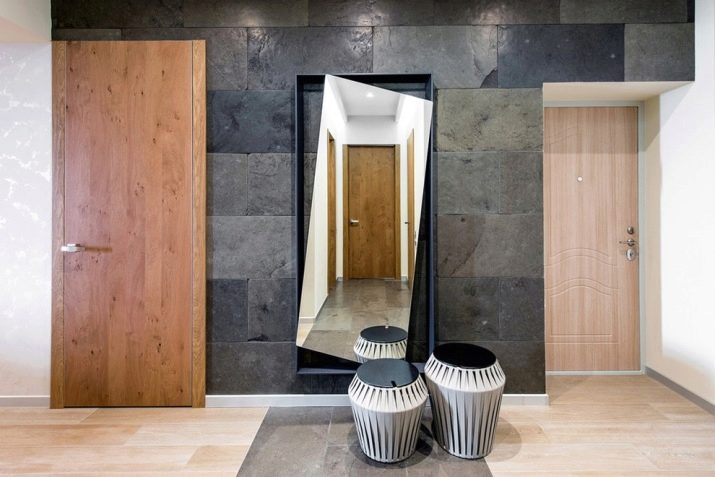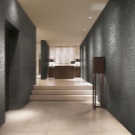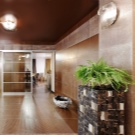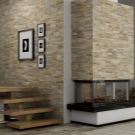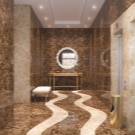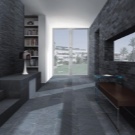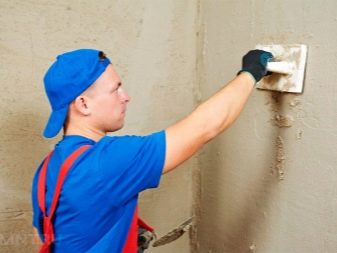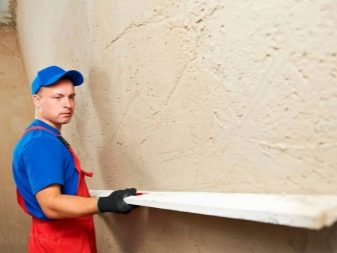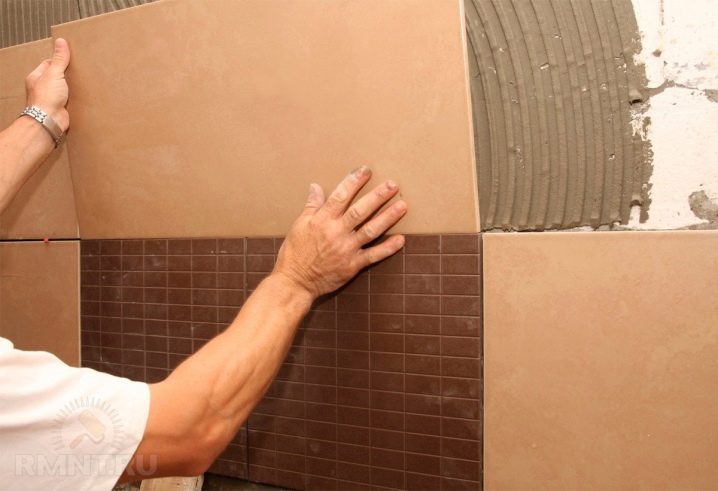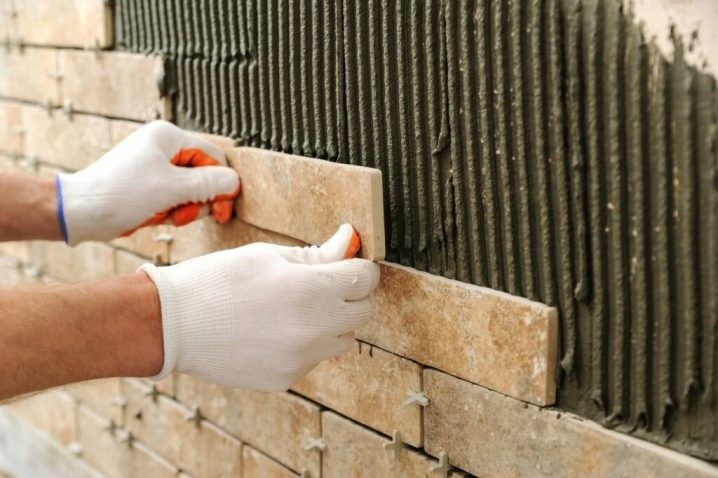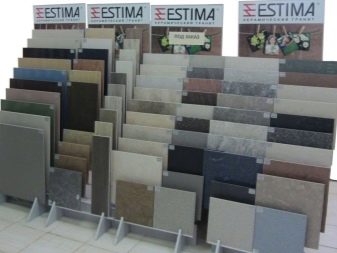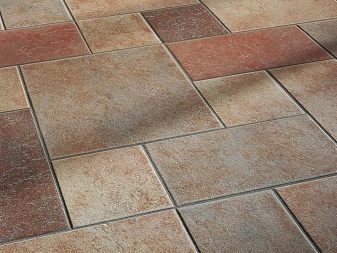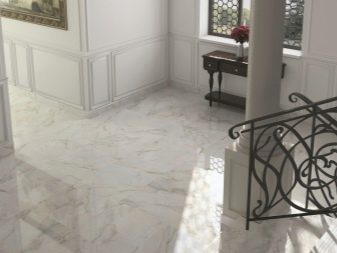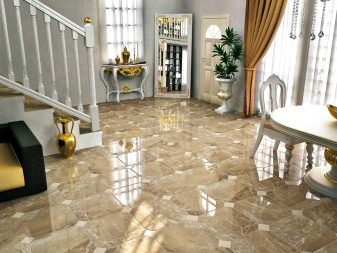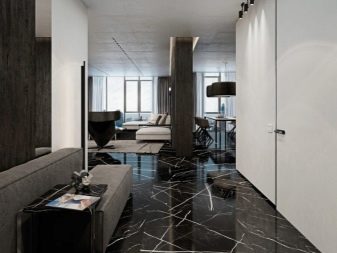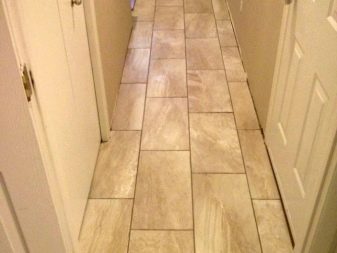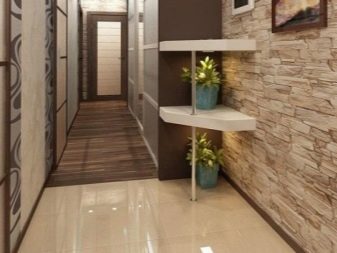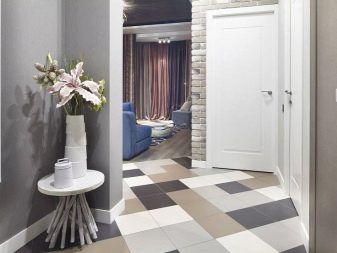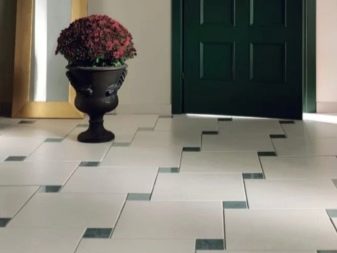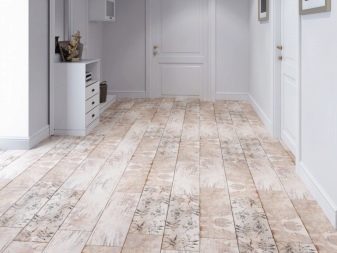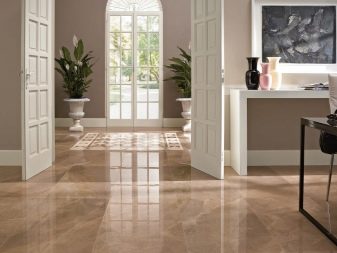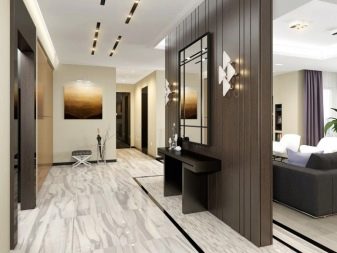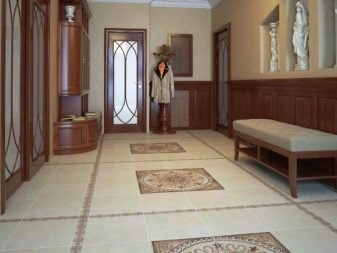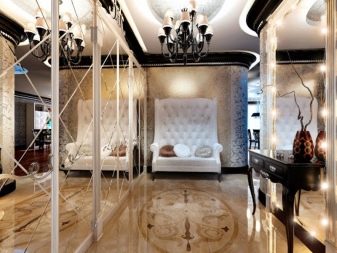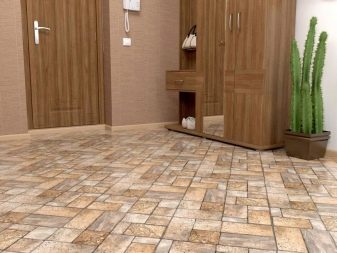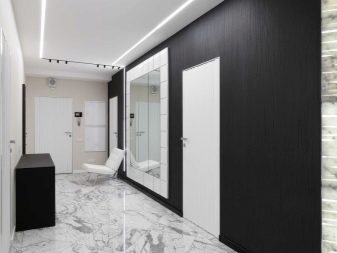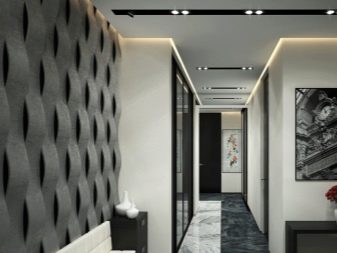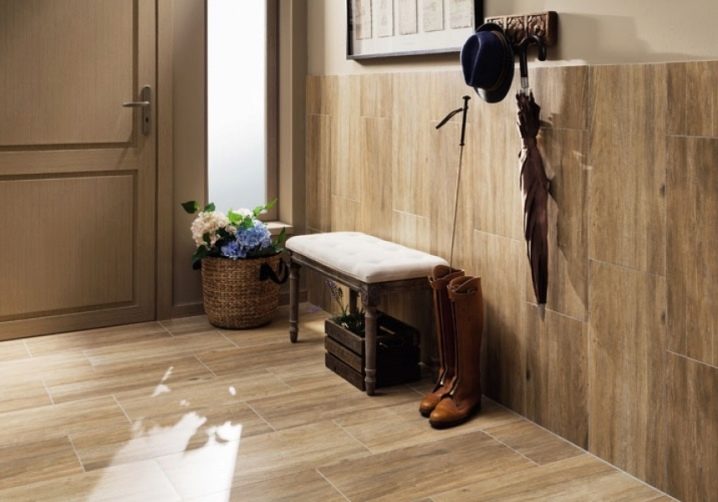Porcelain stoneware in the interior of the corridor
Porcelain stoneware in the interior of the corridor can be very promising. To benefit from finishing, it is necessary to clarify the pros and cons of this material, especially white-gray and other colors. We'll have to deal with the use of tiles for the floor and walls in the hallway, with the design and combination options.
Advantages and disadvantages
This type of finishing materials is extremely popular. High-quality porcelain stoneware in the corridor lasts a long time and looks impressive, which makes it only more relevant... This finish is mechanically robust and reliable even under adverse conditions.
However, porcelain stoneware also has negative sides:
- high cost;
- inconsistency of shades in some cases;
- a large number of fakes on the market;
- intense sliding;
- feeling of coldness;
- significant severity.
Walking without shoes on porcelain stoneware is impossible or very unpleasant. No insulation methods help; a warm floor often helps to correct the situation. But its use additionally complicates and increases the cost of repairs. When moisture gets in, which is not uncommon in the hallway, porcelain stoneware begins to slip even more than usual. Finally, in small hallways, this material looks pretentious and pompous.
Applications
For walls
Although porcelain stoneware is heavy and looks rather peculiar, it is not uncommon to lay it on the walls. The quality of the finish plays a very important role in this case. The surface will simulate the appearance of natural materials.
In appearance, the material is similar to sandstone or marble. Layout seamlessly on vertical surfaces is difficult.
The precise geometry of the tiles forces them to be meticulously aligned. It is very difficult to rub the seams properly. Therefore, you can not revet the walls with any, alas, texture. It is better to use a sanded, water-jet version. The polished type also works well.
Ceramic granite, unlike tiles, is not limited in size... Therefore, the choice of a specific dimensional position is not easy. Most often, experts recommend covering the walls with the same material that fits on the floor. The aesthetic difference is allowed, but it is desirable to keep the dimensions exactly.
It is easier to lay blocks of medium size with your own hands; relatively small ones are difficult to level, and the largest cannot be laid out without special tools.
What's curious the thickness of porcelain stoneware tiles on the walls can be relatively thin. It is recommended to lay material 0.8 cm or more on the floor. Vertical planes are finished with coatings from 0.3 cm. Under such conditions, the material will withstand shock and static mechanical loads. However, very thin blocks can be damaged during cutting and installation.
Not all walls and partitions can be clad in this way. A certain bearing capacity is critical. It must ensure that the load from the tile and adhesive mass is retained. As far as adhesion is concerned, it can be easily improved by additional processing.
It is impossible to mount porcelain stoneware on sandwich panels and on frame surfaces with sheet sheathing, not lined with stone from the inside. Also, you cannot glue this stone to false walls with a water panel or gypsum fiber sheathing.
For floor
Basically, this is exactly how porcelain stoneware is used. It is strong enough and resistant to cold. The stylish design of this material allows you to create the most attractive compositions. The category of the coating determines its mechanical and chemical properties. It also affects the level of slip; it is advisable to choose, of course, the least slippery type of blocks as possible.
Rectification affects the possibility of using a suture or seamless method. It is useful to choose a coating that is painted to its full depth. On it, even chipped and scratched areas will be invisible. If the material is painted only on the outside, then the bulk will have a light beige color. The decisive factor when choosing is the texture of the front surface.
Design
You can buy ceramic granite of various types in a narrow corridor or a corridor with a usual width. Matte and glossy products are rightly considered to be true classics in this segment. However, with a skillful selection, lapped, glazed or polished tiles will also look good. The difference is determined not only by the type of surface, but also by the processing modes.
Among the options for the combination of porcelain stoneware stands out favorably its combination with laminate... This combination, even done in simple white and gray tones, allows you to knowingly get rid of hints of boredom and monotony. This cladding option is suitable for flexible zoning with the distribution of decorated zones. The created coating will look fashionable and pleasant, regardless of the specific style.
Curiously, both ceramic granite and laminate do not have to be bought specifically - for finishing the hallways, you can also use the remnants of major repairs.
Also tiles can be combined with:
- marble;
- tiles;
- wood panels imitating natural stone (only the color should harmoniously correspond to the general concept).
What styles is it suitable for?
When choosing tiles in the hallway in a modern way, practicality should be given top priority. However, it is also not good to forget about external beauty. There will be no special restrictions on the palette. It is permissible to dilute large structures with medium-sized inserts. At the same time, opposite motives are deliberately merged.
But you can also think about the classic solution. True, it is suitable only for voluminous wide corridors. In a cramped room, such a decoration will be meaningless. It is very important to work out even minor design details. The natural appearance must be imitated.
When decorating a hallway in the spirit of hi-tech, emphasis should be placed on pragmatism and visual solidity. Symmetry is critical. Since a minimalistic attitude is maintained, sophisticated ornaments are undesirable. A simple texture with a matte sheen is much better. Tiles that reproduce the look of metal look attractive; A "stone" surface is also not bad if it is smooth and not corrugated.
Examples in the interior
- This is how one of the options for porcelain stoneware floor tiles in the corridor might look like. A discreet and, moreover, expressive look is perceived well.
- You can also look at another option - with an imitation of floral ornament. The combination of white and dark elements looks great.
- A good solution can be a combination of two different colors of porcelain stoneware on the floor and on the wall.

